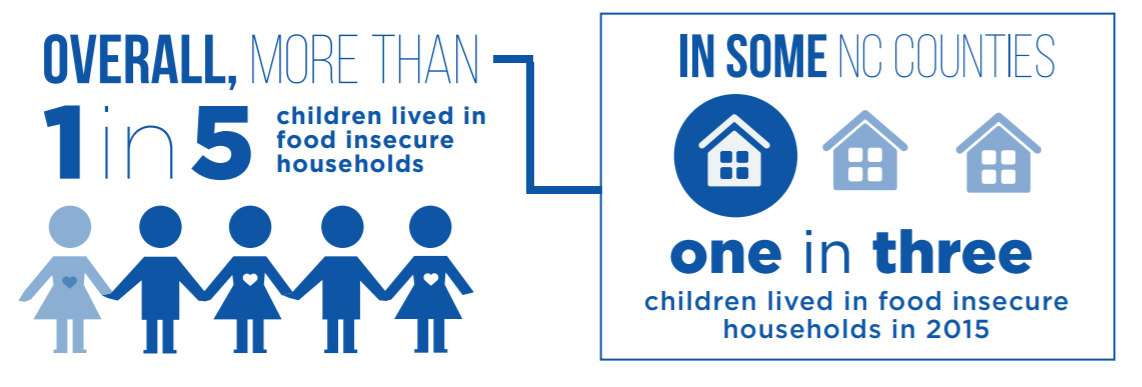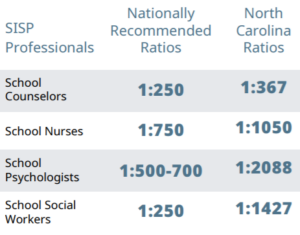

On May 2nd, the General Assembly passed the Pandemic Response Act (House Bill 1043) and the COVID-19 Recovery Act (Senate Bill 704). These bills, which were subsequently signed into law by Governor Cooper on May 4th, outline how the nearly $1.6 billion in federal funds from the CARES Act will be allocated. These bills contain significant and explicit funding for the North Carolina Department of Public Instruction (NCDPI) to support local education agencies, schools, students, teachers, and local communities. However, it is unclear how funds are to be allocated to support child care facilities and/or families in need of child care.
School nutrition
NCDPI was allocated $75 million for public schools that provide free or reduced-cost breakfasts and lunches to students through the National School Breakfast and Lunch Program. This funding is to be used for the remainder of the 2019-20 school year to provide school nutrition services in response to COVID-19. The funds will be utilized to continue to cover funding shortfalls, transportation costs, PPE for staff, and food costs. 2019 North Carolina Child Health Report Card found that 1 in 5 children were living in food-insecure households, and that rate was as high as 1 in 3 in some counties.
Prior to COVID-19, nearly 60% of public school students in North Carolina qualified for free or reduced lunch. Since March 16, 18 million meals have been distributed across the state through 1,000 pick-up sites and meal deliveries by school buses. This funding will enable LEAs to distribute meals throughout the summer.

Support for specific student populations
The second largest portion of the funding for NCDPI will support specific student populations that are most at risk for learning loss and/or long-term negative impacts on their academic success.
Bridging the digital divide
The General Assembly earmarked $55 million to help bridge the digital divide for students, teachers, and communities. North Carolina has the second largest rural student population in the United States, and many rural areas in our state do not have access to broadband internet. Connectivity is only one part of the solution, as many students lack devices to complete assignments.
Mental and physical health
$10 million in funding is allocated for in-person or remote delivery of physical and mental health support services by Specialized Instructional Support Personnel (SISP), including school counselors, school nurses, school psychologists, and school social workers. North Carolina does not have an adequate number of SISP, primarily due to a lack of funding. Increased mental health services, provided by SISP who know and work with students regularly, will be especially important to assess students for trauma and support students experiencing mental health crises.

Child care
Prior to COVID-19, North Carolina’s demand for child care exceeded supply, with 99 of 100 counties qualifying as child care deserts. Forty percent of North Carolina families, in which the sole parent or both parents work, rely on licensed child care. With many child care facilities operating on thin margins prior to COVID-19, many providers across the country have expressed a concern that they will not be able to reopen because of reduced enrollment. In North Carolina, more than one-third of child care providers said they would not be able to survive closing for more than two weeks. In 43 counties across the state, more than 50% of child care providers had closed as of mid-April.
Though there is extensive funding for K-12 schools, students, and teachers in these bills, what is less certain is how child care facilities and workers will be supported. The Senate bill encourages child care providers to be given priority for COVID-19 antibody tests and designates a statewide reserve of PPE for frontline workers, including child care workers. NCDHHS was given $19 million to fund food banks, residential settings, child care response, adult and child protective services, homeless and domestic violence shelters, housing security, technology modifications, and the expansion of NCCARE360.
Affordable, accessible, high quality child care will be critical to supporting and rebuilding our state’s economy.